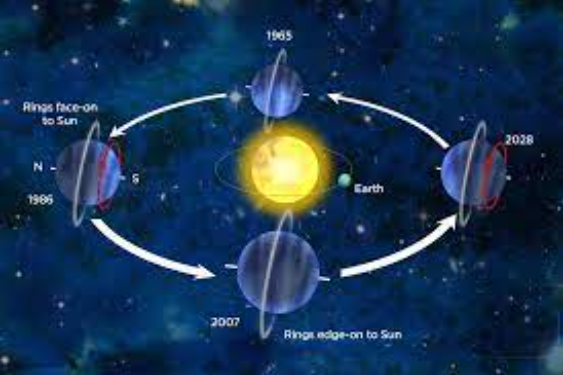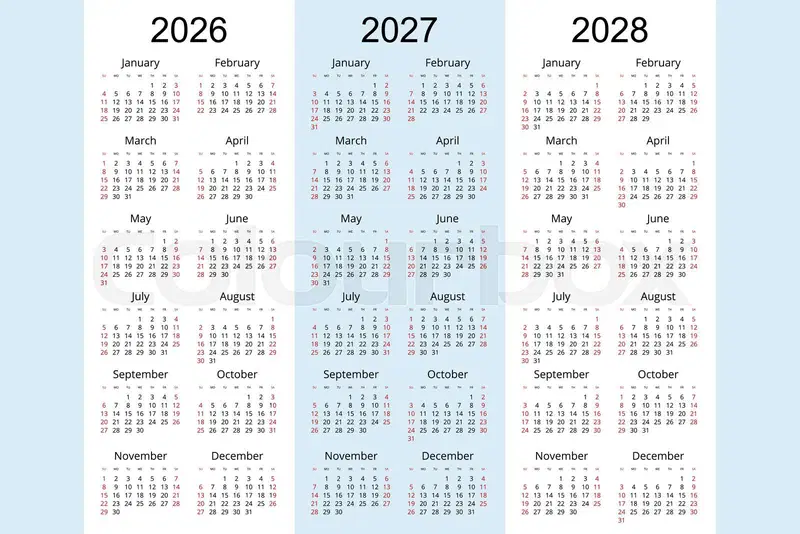Unlike most years, which have 365 days, 2024 is a leap year, which means it has 366 days. This has yet to happen since 2020.
The U.S. follows the Gregorian calendar, which takes the Earth a bit longer to orbit around the sun. This is why we have a leap year, the leap year with the extra day allows the calendar and seasons to synchronize.
A year on Earth’s orbit around the sun is scientifically 365 days, 5 hours, 48 minutes, and 46 seconds, or 365.2422 days, according to NASA.
For the difference those hours make, an extra day in February every leap year, giving the month 29 days instead of 28 approximately every four years. Even though it’s a small difference it still has a major impact on other things such as planting and harvesting.
“For example, say that July is a warm, summer month where you live. If we never had leap years, all those missing hours would add up into days, weeks, and even months,” according to NASA. “Eventually, in a few hundred years, July will take place in the cold winter months!”
An interesting fact about leap year is that about 5 million people around the world are born on Feb 29th, leap year. Their birthdays are usually more special on leap days because that’s when their birthday is. A ¨Leapling¨ is a person born on leap year: Feb 29th.








